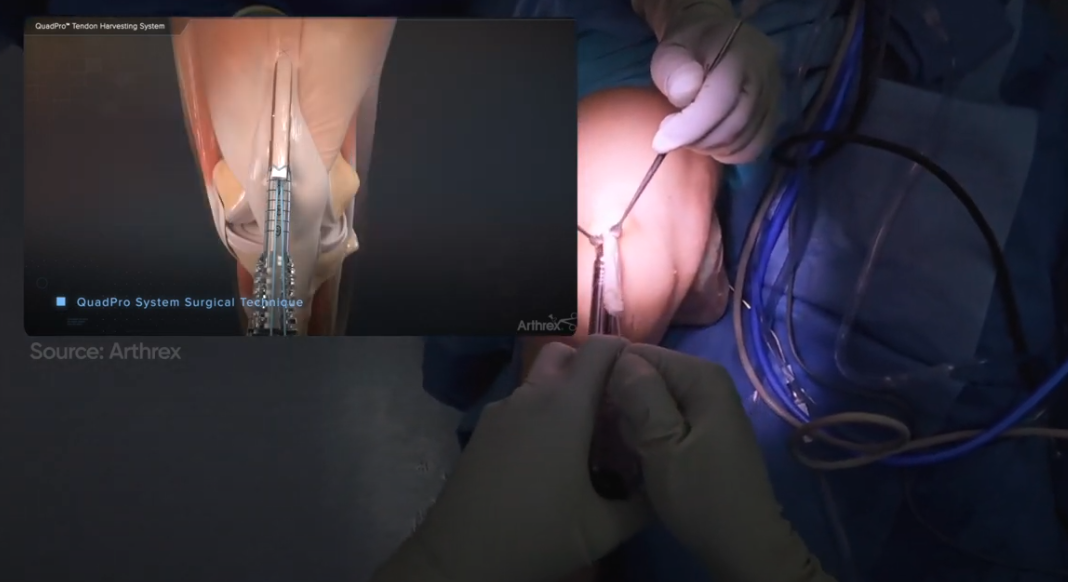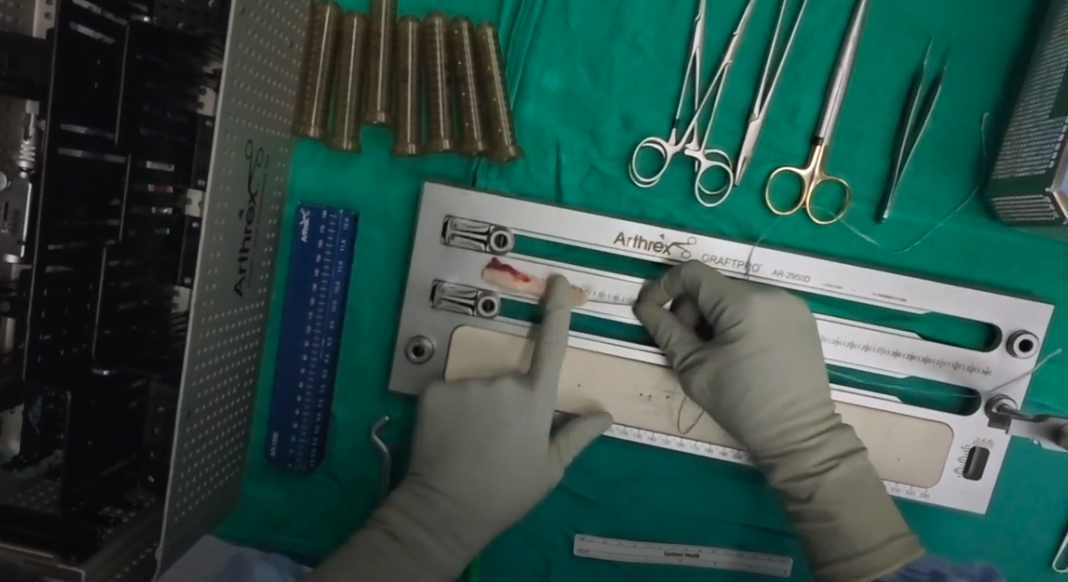ACL Reconstruction: Insights into the Procedure and Recovery
ACL reconstruction is a critical surgical intervention designed to restore knee stability and function following an anterior cruciate ligament (ACL) injury. This prevalent injury, particularly among athletes and active individuals, often results in pain and instability. Understanding ACL reconstruction repair, including its necessity, execution, and recovery process, is essential for anyone contemplating reconstructive knee surgery.
Understanding ACL Reconstruction Surgery
ACL reconstruction surgery is performed to replace the torn Anterior Cruciate Ligament (ACL) in the knee. The ACL is integral to knee joint stability, and injuries to this ligament are common in active individuals. The surgery involves reconstructing the damaged ligament using a graft sourced either from the patient or a donor, aiming to restore knee stability and mobility.
The primary goal is to enable patients to return to their pre-injury activity levels, especially in sports requiring quick direction changes, jumping, and pivoting. The surgery alleviates pain and swelling associated with knee instability and prevents further damage to the knee joint and surrounding structures.
Indications for ACL reconstruction repair include severe knee instability, difficulty engaging in physical activities, and recurring episodes of the knee giving way. Those with significant ACL tears, often diagnosed through physical exams and imaging tests, may find reconstructive knee surgery very beneficial, leading to improved knee function and enhanced life quality.
Determining the Need for ACL Reconstruction
An ACL tear can drastically affect mobility and quality of life. Typical symptoms include a popping sound at the time of injury, swelling, instability, and an increase in pain when weightbearing. These symptoms prompt medical evaluation to assess injury severity and treatment options.
Not all ACL tears necessitate reconstructive knee surgery. Surgical candidacy depends on tear severity, patient age, activity level, and overall health. A thorough assessment by an orthopedic specialist, including physical exams and imaging such as an MRI and X-rays will initiate the diagnosis and treatment plan. The evaluation typically covers motion range, stability, and related injuries, such as meniscus or other ligament damage, forming a tailored treatment plan to guide recovery and determine if ACL reconstruction is essential for optimal knee function and return to activities.
The ACL Reconstruction Surgery Process
The procedure begins with the patient under general or regional anesthesia. The Surgeon will make small incisions around the knee, using an arthroscope—a small camera—to guide the process. The damaged ligament is removed through a process called debridement, and a graft is prepared as a replacement. Grafts may be harvested as an autograft (tissue taken from the patient’s own body) or an allograft (donor tissue), commonly utilizing the patellar tendon (tendon below the kneecap), hamstring tendon (tendons at the back of the thigh), or quadriceps tendon (tendon above the kneecap).
Many athletes prefer autografts for quicker recovery, while allografts may be chosen for convenience and reduced donor site complications. Each option offers distinct advantages and is mutually determined by the Surgeon and patient prior to surgery based on the patient’s needs and activity level.
Recovering from ACL Reconstruction Surgery
Recovery from ACL reconstruction is progressive, varying per individual and spanning between six months to a year on average. Recovery is influenced by the injury severity, patient’s overall health, and strict adherence to the surgeon’s post-operative protocols. Early recovery weeks focus on swelling reduction and motion range restoration, progressing to weight-bearing activities and physical therapy.
The post-operative care is one of the most crucial determinations of a successful ACL Reconstruction recovery. Patients typically engage in a progressive rehabilitation program to restore knee strength and mobility. Initial care involves pain management and healing monitoring, then following surgeon guidelines, the start of rehabilitation including at-home exercises, specialized physical therapy, and follow-up appointments to assess progress.
Initially, exercises are aimed at strengthening the quadriceps and hamstrings, enhancing balance, and improving flexibility. As recovery advances, dynamic exercises and sport-specific drills restore function and prepare for a safe return to the patient’s activities. Adherence to the patient’s tailored rehabilitation program, lifestyle choices such as nutrition and rest will significantly enhance recovery outcomes after reconstructive knee surgery.
Risks and Complications of ACL Reconstruction
While ACL reconstruction is common and generally safe, it’s important to understand potential risks. Common risks, as with any surgery include infection, bleeding, and anesthesia reactions. If any of the previously instances occur, contact your Surgeon’s office.
On rare occasions, long-term complications can arise post-surgery, such as persistent pain, knee joint instability, or potential re-injury. To mitigate risks, follow your pre-operative and post-operative instructions diligently during ACL reconstruction surgery recovery.
Lastly, some patients may experience knee stiffness post-surgery however, following post operative rehabilitation protocols should minimize stiffness long-term. One of the best things to do prior to surgery is Prehabilitation—strengthening the knee muscles before surgery as best as you can. This can greatly enhance recovery outcomes and recovery time.
As mentioned, strict adherence to the structured post-operative rehabilitation protocol prescribed by your surgeon—combined with optimal nutritional support and sufficient rest—will significantly enhance your recovery. This comprehensive approach is essential for restoring knee function and stability, ultimately facilitating a safe and effective return to your regular activities.
To learn more about the sports specific injury treatments available at Colorado Springs Orthopaedic Group, visit the CSOG Sports Medicine Center page

